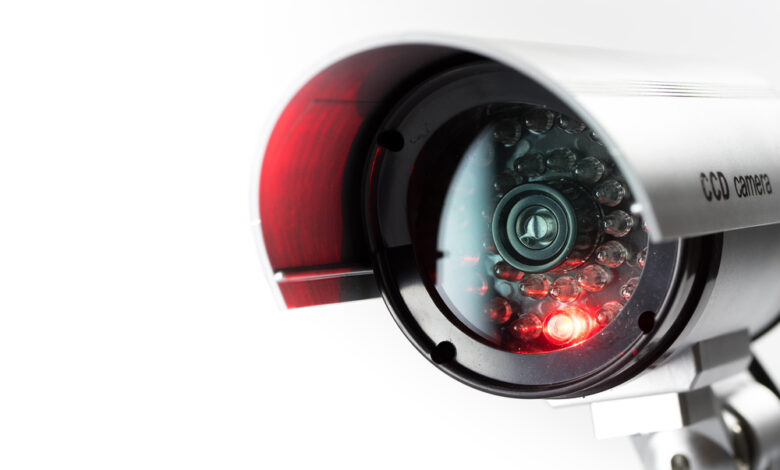Latest in CCTV Technology and Their Amazing Benefits



CCTV or Closed-Circuit Television is a security technology system that enables you to monitor everything happening around an area. Although the idea behind CCTV remains the same, the advancements the system has witnessed in the past few years have been revolutionized. Where once we were unable to view anything past a certain date and time, we now have motion sensors, night vision, HD resolution and much more.
Camera suppliers in the UAE are offering some of the latest technologies for infrastructural security. However, many who don’t understand the gimmicks behind cameras are probably unaware of the benefits these innovations can bring about.
To provide a brief summary, let’s take a look at the modern innovations that CCTV cameras now work with:
HD Analog Technology
Before the advent of this technology, analog cameras had to be upgraded to use IP technology in order to get high definition results. The situation became dire when people realized they needed their cameras to recognize faces and license plates. It’s a necessary requirement considering that the end goal is providing security and evidence against a committed crime. Therefore, HD analog technology was conceived in order to make sure that analog cameras are now able to capture high-quality imagery.
Wide Dynamic Range
Oftentimes, no matter how well you place your cameras, there are blind spots. Normally, cameras are supposed to have blind spots unless they’re 3D ones or fish-eye ones that capture everything. However, that’s not the only type of blind spot that can cause a problem.
Cameras face issues with the lighting of the scene they’re capturing. There are times when there is uneven lighting across the room, garage, front porch or anywhere else. One part of the screen might appear clearly while the other is darkened. To address this issue, WDR (Wide Dynamic Range) was incorporated into modern cameras. This feature helps cameras adjust the lighting in their full view to make it even and make everything appear clearer.
PoE (Power over Ethernet)
Cameras require power to stay active and with old-school technology, you had to make sure there’s a power outlet near the camera to plug it in. However, with the introduction of Power over Ethernet technology, you can use the same cable that transfers data to power the camera as well. Since ethernet cables are stretched across the whole perimeter, it’s easier to place cameras anywhere you want.
You can ask your server rack suppliers to place everything in a single secure place. Since the cameras won’t require to be plugged in nearby, you won’t need server racks to be close in order to plug them in.
Camera Iris
Although this isn’t an innovation as much as an upgrade to the existing technology, camera irises are becoming more advanced. The iris is the part of the camera that determines how much light can enter into the lens. The amount of light that enters the camera, in turn, determines how clearer the image will be. It’s imperative to note here that too much or too little light can distort the image you get. Therefore, it’s important to have something that works in the optimum domain.



